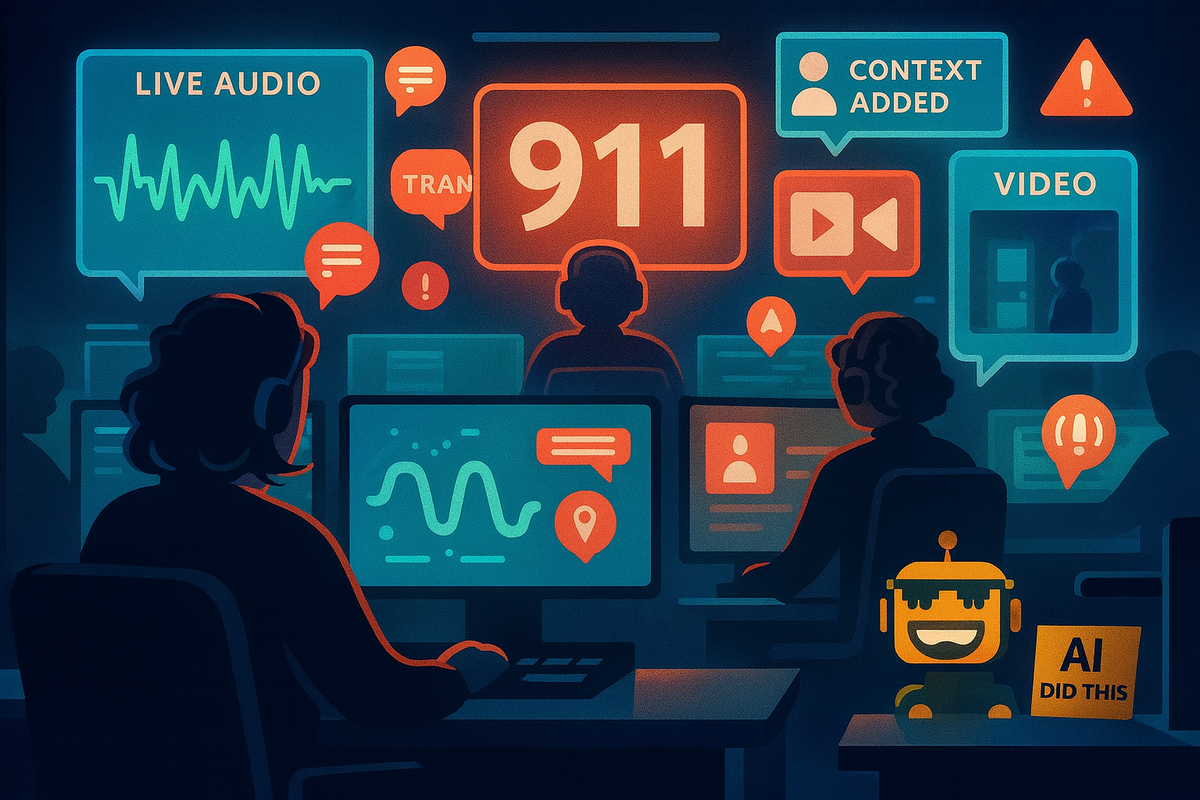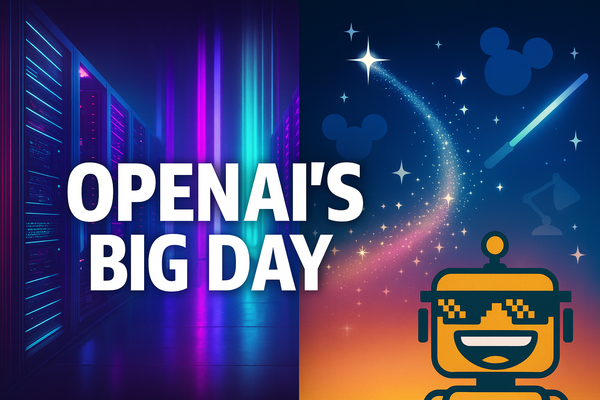The AI-ification of 911: Axon Acquires Prepared to Rewire Public Safety
Axon is acquiring Prepared, an AI-powered 911 platform. Here’s why “AI-enhanced emergencies” might sound efficient but really look like another play for public safety monopoly.

It was only a matter of time before “AI disruption” came for the humble 911 call. Forget the days when panicked humans relayed emergencies to other panicked humans—now Axon, the company best known for turning Tasers into a lifestyle brand, has decided that the next frontier of “public safety innovation” is making sure your gasped, incoherent emergency call gets run through a machine learning model before anyone actually helps you.
Yes, Axon is acquiring Prepared, the startup whose big idea is that AI can transcribe, translate, and mash together your audio, video, text, and GPS so a dispatcher can see everything in one convenient screen—like Slack, but for life-threatening crises. Because nothing says “speed and clarity” like throwing another software layer into the middle of your kitchen fire.
The Press Release Gloss: “Call to Closure”
Axon’s official line is that this deal strengthens its strategy to connect every link in public safety “from call to closure.” Translation: they want to own the entire funnel, from the moment you butt-dial 911 while microwaving pizza rolls to the inevitable courtroom footage from your bodycam-equipped arrest.
Rick Smith, Axon’s CEO, put it best with a sentence that could have been generated by ChatGPT set to “corporate visionary” mode:
“With Prepared, we’re harnessing [AI’s] power to eliminate blind spots in the earliest moments of an emergency and give responders the speed and clarity they need to save lives.”
Eliminate blind spots? Buddy, most of us are just hoping the call center picks up at all. But sure—let’s assume the real problem with 911 isn’t chronic underfunding, outdated infrastructure, or wildly inconsistent training, but rather the lack of a dashboard that can translate someone’s panicked cry of “my house is on fire” into 17 supported languages while geotagging the couch cushions.
Prepared’s Origin Story: Tech Bros Meet Tragedy
Prepared likes to frame itself as a noble startup “ensuring every emergency call gets the best possible response.” Founded in 2019, they now claim to support over 1,000 agencies across 49 states, which is either very impressive or a subtle dig at whichever poor state didn’t make the cut (looking at you, Wyoming).
CEO Michael Chime even went full PR solemnity in his quote:
“Together, with Axon, we can bring our platform to more communities, build new tools faster, and better support every phase of emergency response from first call to final resolution.”
Translation: Axon has money, we want to scale, and hey—mergers are the ultimate growth hack.
What Does “AI-Powered 911” Actually Mean?
Let’s strip the jargon. Prepared’s system basically:
- Transcribes: Turns your muffled screams into text so someone can skim it later.
- Translates: Because AI is cheaper than hiring bilingual operators.
- Synthesizes: Takes audio, video, GPS, and texts, then mashes them into “a single view” like a TikTok for dispatchers.
- Contextualizes: Gives responders “greater context”—which sounds useful until you realize it just means your live-streamed asthma attack now comes with location metadata and emojis.
The phrase “end-to-end assistive AI toolbox” appears in Prepared’s own boilerplate, which should set off every tech marketing buzzwords detector within a five-mile radius. This isn’t an emergency response platform—it’s a SaaS deck disguised as a moral imperative.
Why Axon Wants This
Axon is already the Amazon of public safety tech: Tasers, body cams, drones, “immersive training,” productivity tools, evidence management, even VR simulations where officers get to relive their most heroic Call of Duty fantasies. By plugging Prepared into its stack, Axon ensures that from the very moment you dial 911, you’re already inside their closed ecosystem.
That’s not “public safety,” that’s vertical integration. It’s Apple-levels of lock-in, except instead of iMessage bubbles you’re dealing with armed first responders and chain-of-evidence protocols.
The Real “Call to Closure”: Investors
Buried at the end of the press release is the real audience: Wall Street. The deal, expected to close in early Q4, comes wrapped in forward-looking statements about “strategic, financial and other benefits.” Which is corporate code for:
- Axon shareholders: Relax, this will goose growth metrics.
- Prepared investors: Congrats, you’ve been “acquihired” into the Taser Cinematic Universe.
- Lawyers: Yes, both Morgan, Lewis & Bockius and Latham & Watkins got their billable hours in.
The only people not explicitly mentioned? Actual dispatchers, who might not love replacing their already stressful job with another app that breaks during a power outage.
Snarky Predictions for AI-911
Because no Silicon Snark article is complete without a crystal ball:
- AI Hold Music: Instead of a human voice, you’ll be greeted with “Your emergency is important to us. Please stay on the line while AI triages your screaming.”
- Context Clutter: Dispatchers will drown in live video feeds of cat burglaries, GPS pings, and TikToks labeled “urgent.”
- Predictive Policing 2.0: The system will eventually get “upgraded” to anticipate emergencies before they happen. Nothing could possibly go wrong there.
- Subscription Tiering: Coming soon—911 Pro. For just $9.99/month, your emergencies get priority routing. Free users must endure ads.
The Bigger Picture: AI Everywhere, All at Once
Axon buying Prepared is less about saving lives and more about locking down narrative control: that AI is not only inevitable in public safety but morally required. It’s the same pitch every industry is hearing right now—AI will make things faster, smarter, more efficient. But when applied to something like emergency response, it’s fair to ask: efficiency for whom?
For communities, this could mean better translation and faster routing—genuine wins. For Axon, it means one more sticky point of dependency. And for the rest of us? Yet another reminder that no space is too sacred, too human, or too messy to escape the AI industrial complex. Not even the most desperate phone call you’ll ever make.
Final Thoughts: From Taser to Terminator Lite
Axon insists it’s all about “Responsible Innovation,” complete with an Ethics & Equity Advisory Council that sounds like the boardroom equivalent of a decorative plant. The real story here is the ongoing consolidation of emergency infrastructure into one privately-owned stack.
So the next time your kitchen catches fire, remember: before firefighters arrive, your AI-translated panic will already be archived, analyzed, and monetized in Scottsdale.
Because nothing says “public safety” quite like AI-powered surveillance packaged as compassion.




